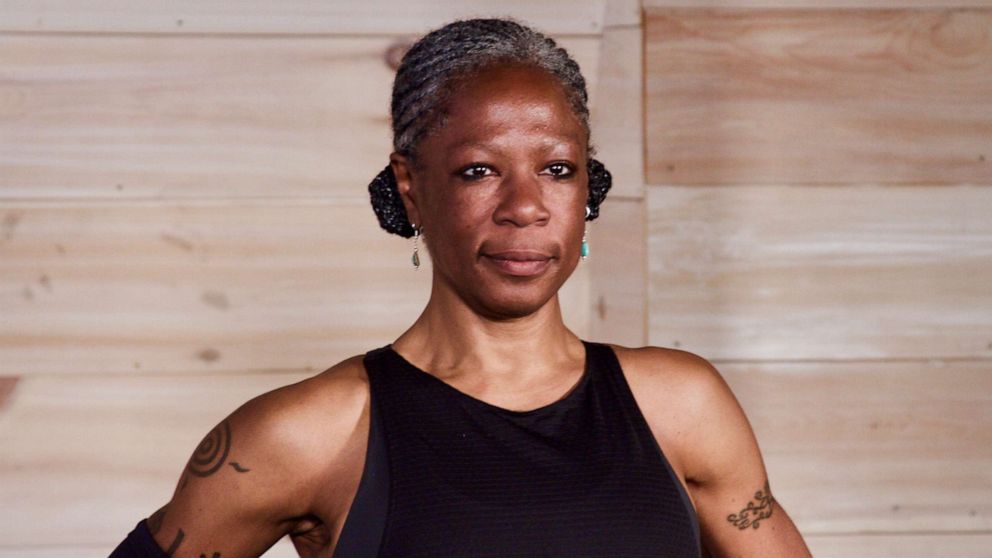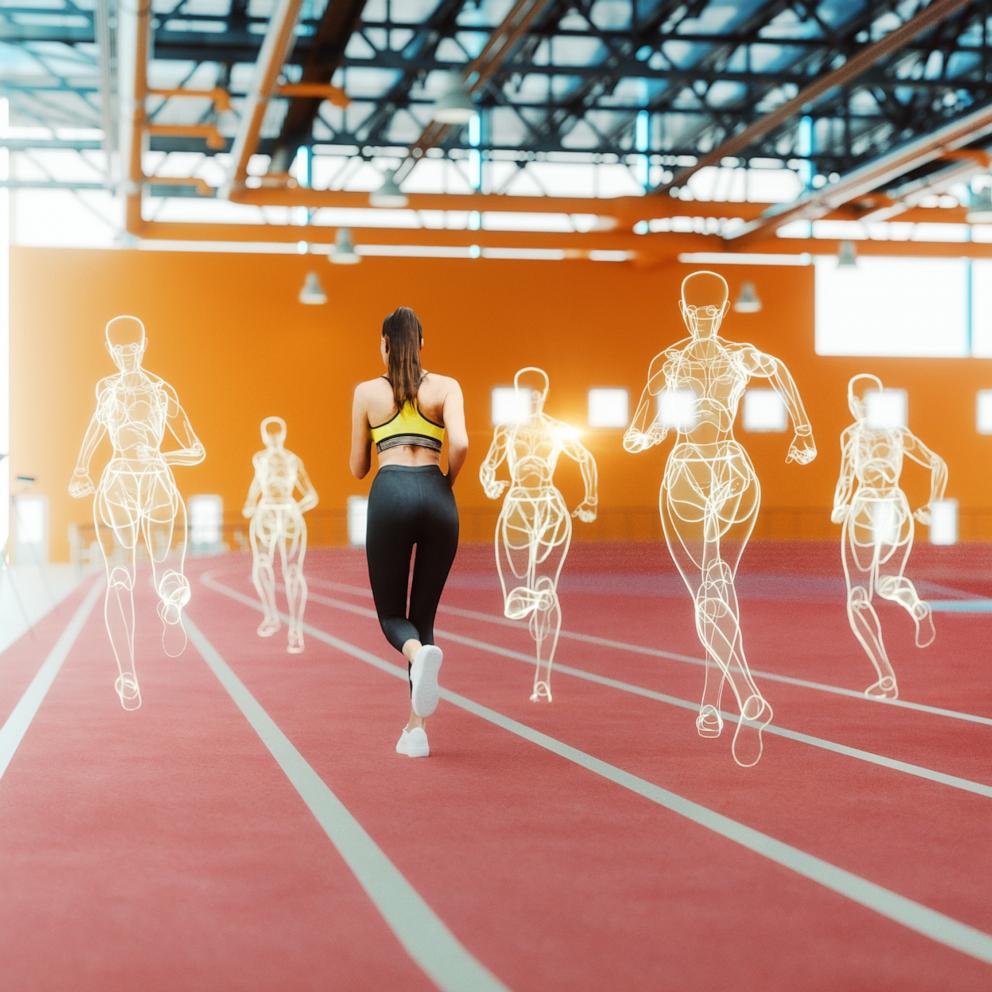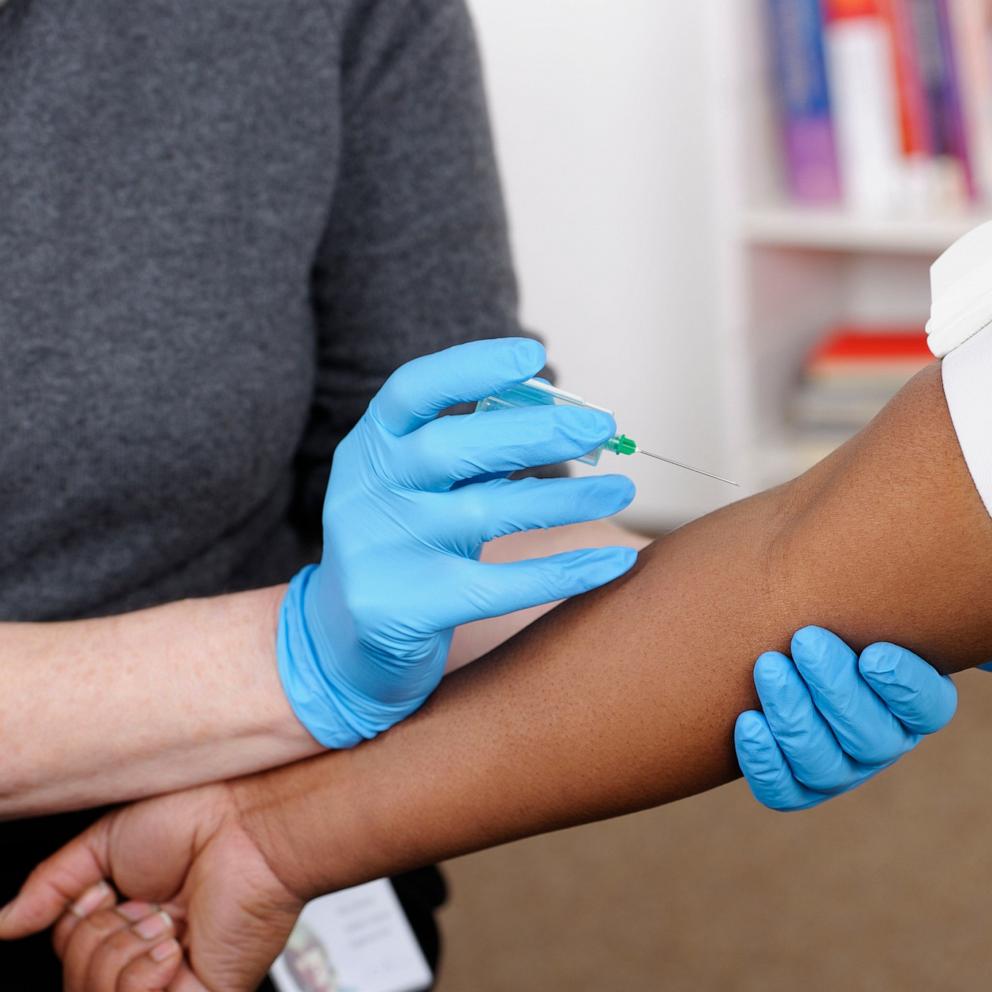Yoga to meditation: A look at the complementary methods for breast cancer patients to treat the whole person
When Teri Richardson was given the diagnosis of breast cancer, she said she felt like her breath was taken away.
"I didn't believe it. I thought they were looking at somebody else's chart. It must be a mistake," she told "GMA."
An avid yogi, Richardson said her doctors told her that she wouldn't be able to practice yoga for at least a year. "I was just like, 'that's not really going to work for me,'" she recalled.
Richardson found Yoga4cancer, a specialized yoga practice "designed to deal with the side effects from cancer treatments," according to Yoga4cancer founder Tari Prinster.
Prinster developed modified yoga poses for cancer patients, such as no downward-facing dog since patients can't be upside down after surgery, and teaches them how to get their breath back.
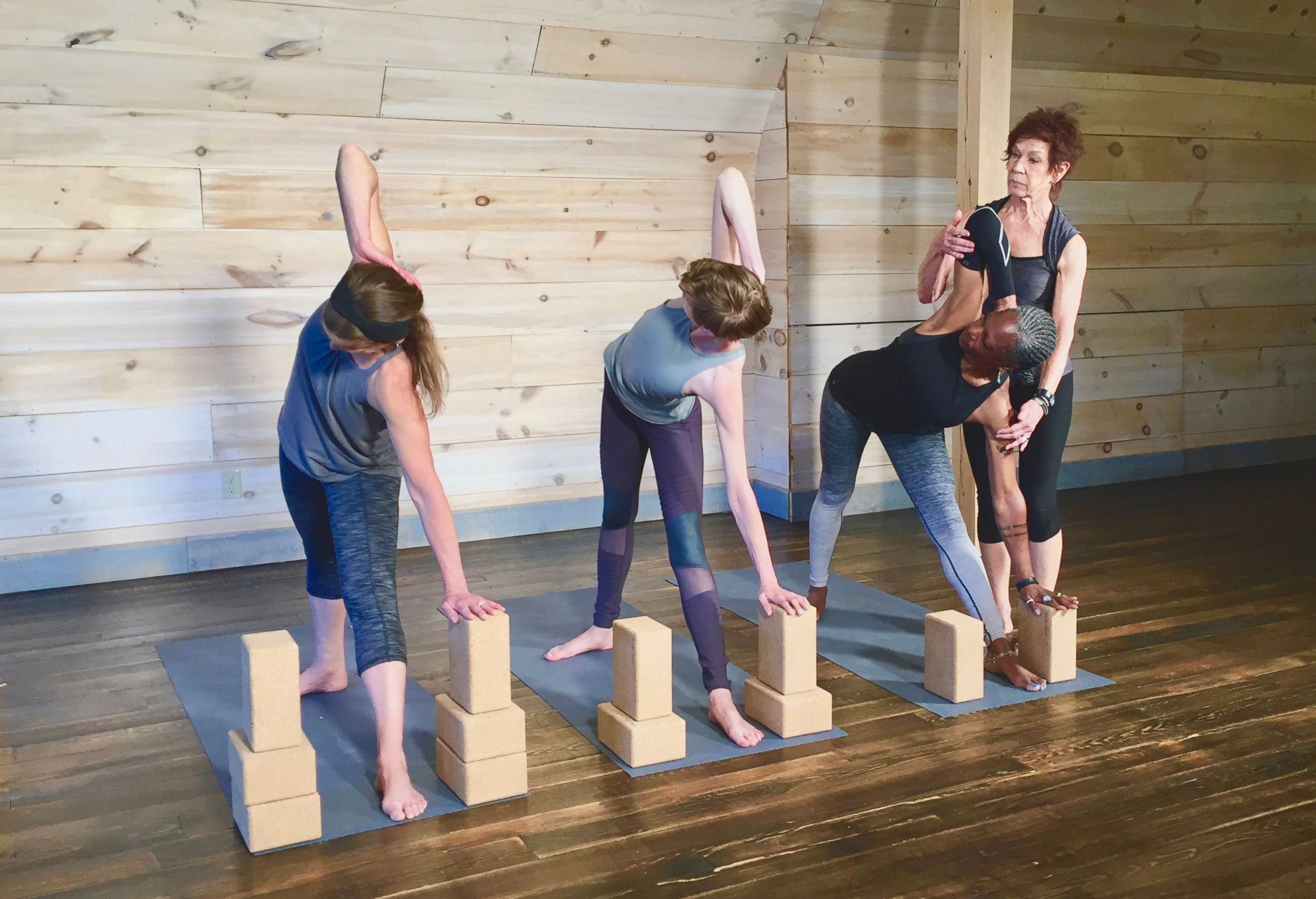
It became Richardson's lifeline. Yoga was different for her after cancer.
"It caused me to meditate a little bit more, really focus on my breath. You know when you're waiting for doctors' appointments, even in the MRI machine, it was my breath that helped me keep calm," she said.
Many breast cancer survivors want to be proactive about decreasing their chance of breast cancer recurrence and want to find alternative or supplemental ways to manage their symptoms.
79% of people with cancer or history of cancer are using one or more complementary and integrative therapies according to the 2012 US National Health Interview Survey and billions of dollars are being spent on complementary therapies with unknown benefits.
Many breast cancer patients want to know what non-traditional treatments are considered safe and if there is evidence to support their use. There is a growing amount of research in this field of integrative oncology which supports the use of complementary therapies in collaboration with traditional oncology care.
The Society for Integrative Oncology (SIO) published guidelines approved by the American Society of Clinical Oncology (ASCO) in 2018 specifically for breast cancer patients.
Here's a breakdown of treatments that are currently recommended, and not recommended, according to available science.
Non-traditional methods to add to your breast cancer care
Anxiety and stress is very common when undergoing breast cancer treatment. "Approximately 30% to 54% of breast cancer patients in the US suffer from anxiety within 2 years after diagnosis and 13% to 15% have symptoms of anxiety that persist for years," according to a recent study. Anxiety can significantly impact the quality of life of breast cancer patients and how well someone tolerates treatment.
Meditation has the highest rated evidence for reducing anxiety related symptoms. Meditation may be intimidating to start as some people find difficulty being alone with their thoughts, but there are also meditation phone apps such as 10% Happier, Headspace and Calm that many find helpful.
Other methods that have shown to improve anxiety and stress in breast cancer patients include music therapy, stress management and yoga. Acupuncture, massage and relaxation can also be considered for reducing anxiety.
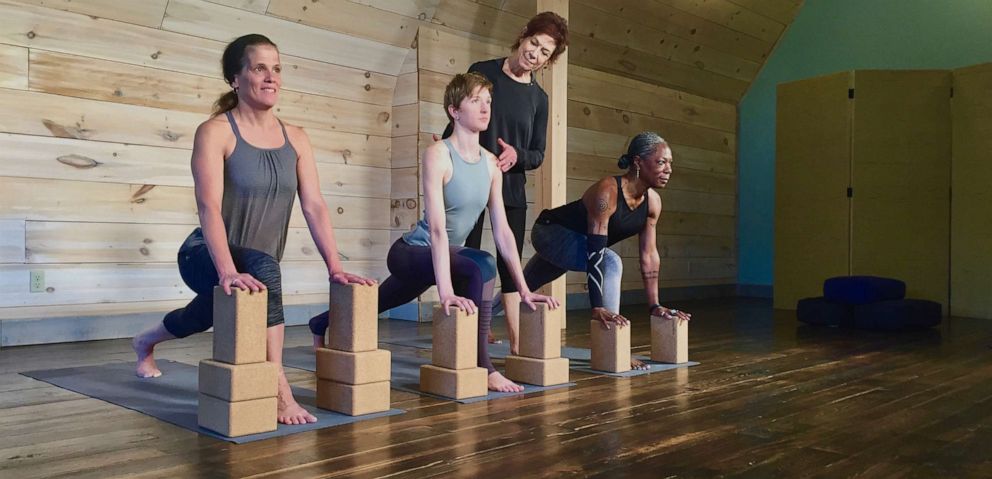
What's recommended versus what's not to control symptoms
Although there has been significant improvements in the treatment of chemotherapy-induced nausea and vomiting, some breast cancer patients experience difficulty in getting their symptoms controlled.
Before starting any of these therapies or practices, please discuss these treatments with your cancer doctors.
Acupuncture can be considered as an addition to anti-nausea medications to improve these symptoms. Ginger and relaxation can be also be used with anti- nausea medications, but there is smaller amounts of evidence to support its effectivity. Glutamine is not recommended to improve chemotherapy induced nausea and vomiting.
Depression is common in cancer patients and is estimated to range from 8 to 24%, according to a 2017 study. Breast cancer survivors tend to have higher rates of depressive symptoms in comparison to women without history of breast cancer, a study from the National Cancer Institute found. The SIO guidelines support the use of meditation, relaxation, yoga, massage and music therapy for depression and mood disorders. Meditation and relaxation techniques are supported by research to have the most benefit.
Fatigue is also prevalent among people with breast cancer. It is important to note that there is only a small amount of evidence to support the use of ginseng or hypnosis for fatigue during treatment. ASCO strongly encourages patients to “seek guidance from a health professional before using ginseng." Acupuncture and yoga may have some benefit in improving post-treatment fatigue. Acetyl-L-carnitine and guarana supplements are not recommended.
Lymphedema is an “abnormal swelling that can develop in the arm, hand, breast or torso as a side effect of breast cancer surgery." It affects approximately 20% of patients treated for breast cancer and can have a significant negative impact on quality of life. Low-level laser therapy, manual lymphatic drainage, and compression bandaging can improve these symptoms.
Peripheral neuropathy is a potential side effect from some chemotherapy drugs and patients can experience symptoms such as numbness, tingling, pain or discomfort particularly in their hands or feet. Acetyl-L-carnitine is not recommended for the prevention of peripheral neuropathy and has shown to harm patients therefore its use is highly discouraged.
There is no strong evidence to support the use of dietary supplements to manage breast cancer treatment-related symptoms.
Sherise Chantell Rogers MD, MPH is an Internist and Hematology & Oncology Fellow at The Ohio State University Medical Center, working with the ABC News Medical Unit.
